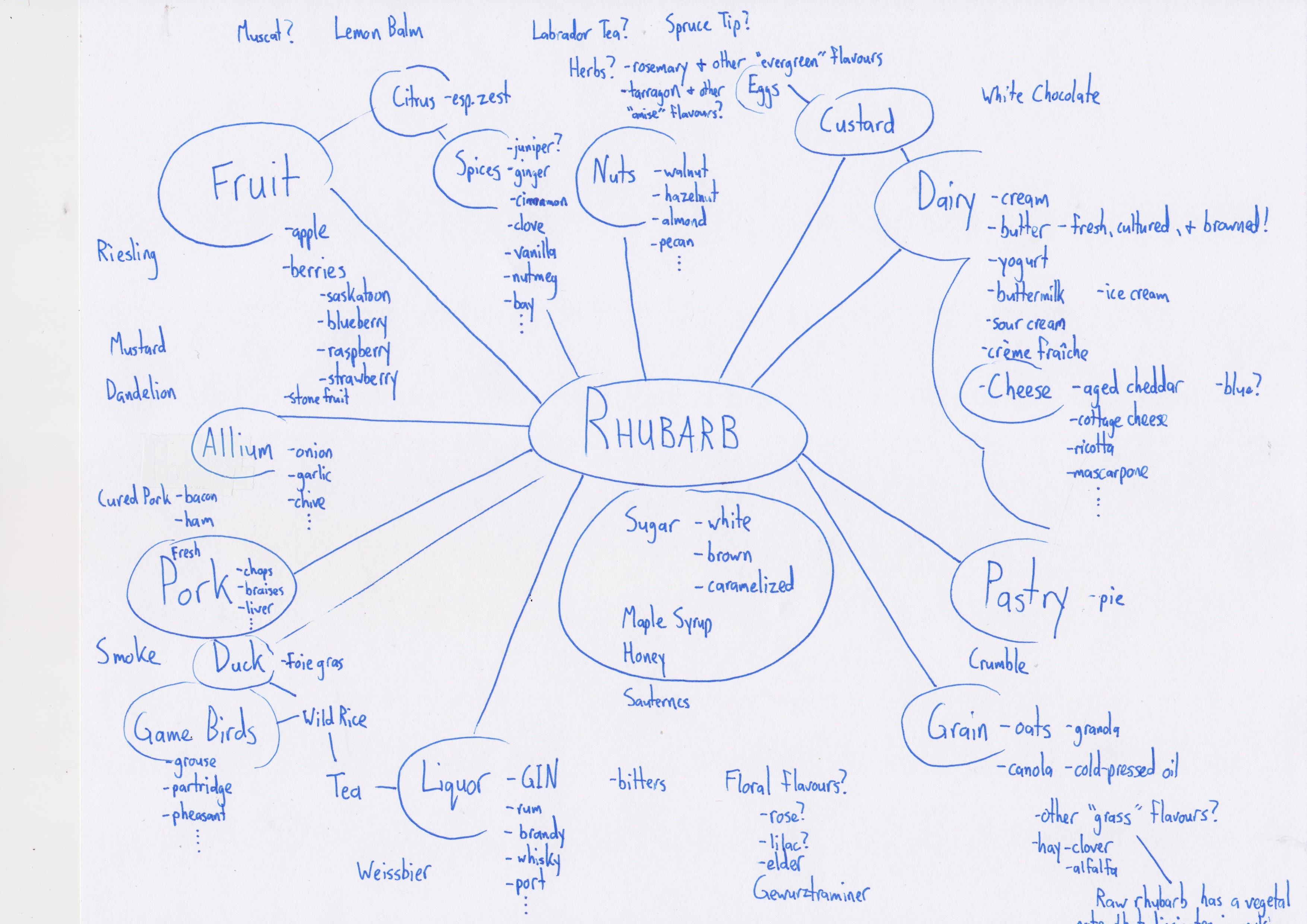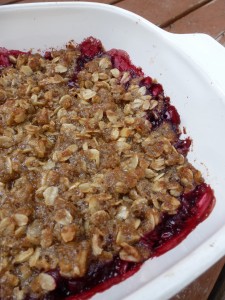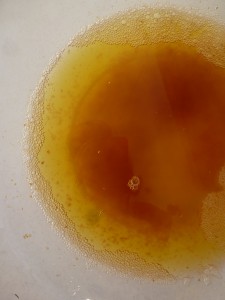One day I was bored so I made this drawing. It contains some thoughts on the flavour of rhubarb, with the intent of deepening our appreciation of the plant, and broadening its culinary application.
 Rhubarb is almost always cooked with a sweetener to balance the sharp acidity of the plant. Brown sugar deserves special mention. Honey also works well, which has me wondering if Sauternes would pair well with a rhubarb dish.
Rhubarb is almost always cooked with a sweetener to balance the sharp acidity of the plant. Brown sugar deserves special mention. Honey also works well, which has me wondering if Sauternes would pair well with a rhubarb dish.
Most forms of dairy, whether sweet or cultured, pair well with rhubarb. Rich dairy tempers the acidity of rhubarb. Ice cream is especially good at this. Salty dairy like aged cheddar can be a good counterpoint to rhubarb’s bright acidity.
Eggs work surprisingly well with rhubarb. Picture a … Continue reading.



 Possibly my favourite application for rhubarb. Almost any tart fruit can be used, but the sour flavour of rhubarb marries beautifully with the nutty character of the brown butter.
Possibly my favourite application for rhubarb. Almost any tart fruit can be used, but the sour flavour of rhubarb marries beautifully with the nutty character of the brown butter.
 I’ve had recipes for rhubarb relish passed to me from both my family and Lisa’s. Though one is from Ontario and the other from Alberta, they are uncannily similar: one part chopped rhubarb and one part chopped onion, stewed together with cinnamon, clove, and other “pumpkin pie” spices.
I’ve had recipes for rhubarb relish passed to me from both my family and Lisa’s. Though one is from Ontario and the other from Alberta, they are uncannily similar: one part chopped rhubarb and one part chopped onion, stewed together with cinnamon, clove, and other “pumpkin pie” spices.